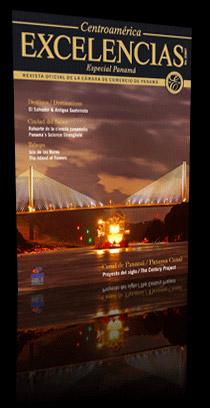Antigua Guatemala
As if it were standing still in time, the city offers visitors the extraordinary charms of a bustling city-museum combination trapped among three volcanoes: Agua, Fuego and Acatenango
Only a handful of places in the world cherish so many elements, images, streets and architecture from the past like Antigua Guatemala. The burg has managed to wisely combine modern life with the countless architectural treasures that have been handed down for generations since the foundation of the village.
Its hotels, restaurants, stores, cafés and modern life conveniences have set in without making a dent in Antigua's past as a genuine gem of Latin America's colonial architecture.
Located in the west side of the country, just a 45-minute drive from Guatemala City, Antigua clusters churches, chapels, convents, museums and valuable ruins that have lived out the passage of time.
This picturesque place, home to kindhearted and humble people, has become the second residence of many foreigners who have settled down in this city, declared as World Heritage by UNESCO back in 1979.
Antigua is the result of its residents' nonstop effort to rebuild a number of edifices and structures that earthquakes have knocked down time and again, and yet they have lifted back from the ground up.
The city was not only disturbed by seismic tremors, but also by flooding and mudslides that broke away from the hillsides of Hunapu -later on called the Agua (Water) Volcano. This, again, speaks volumes of the admirable and painstaking efforts of its dwellers to keep it up and preserve its most cherished treasures as close to their original status as possible.
DEFYING VOLCANOES Antigua Guatemala, "the very noble and loyal city of Santiago de los Caballeros de Goathemala," was founded by the Spaniards as the capital of the kingdom of Guatemala on March 10, 1543 after a mudslide off the Agua Volcano in 1541 razed the former capital -currently known as the Old City, just a couple of miles away from Antigua Guatemala.
From that date on, the new capital of the Spanish Crown in Latin America started boasting fancy mansions and architecture-rich churches that brought in over 30 different Catholic orders, as well as renowned architects and sculptors from Europe. Things remained unchanged until an earthquake occurred on July 29, 1773 wreaked havoc with the city, forcing its residents to move out in 1776 to the nearby Valle de la Ermita, eventually home to today's Nueva Guatemala de la Asuncion.
In 1830, the old city rebounded as Antigua Guatemala following all-out reconstruction of the very little that had been left. Most of the former city had been looted or moved out to the new capital. From that moment onward, Antigua got a new lease on life with anti-seismic structures, giving birth to what it's known today as the «Antigua-style colonial construction.»













